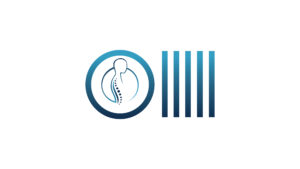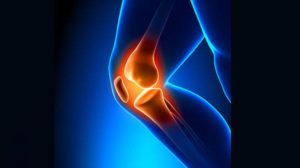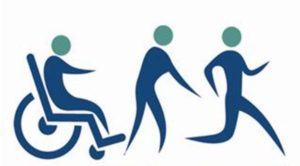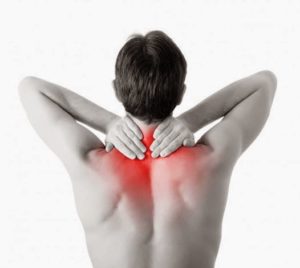How to Find Clinic to Treatment knee Osteoarthritis in Sheikh Zayed, Egypt
Treatment of knee Osteoarthritis Knee stiffness is an aggravating disease and can not be reversed. Occupational therapy and pain relief are the main objectives of treating knee roughness. There are ways to treat early knee stiffness that increase the chances of joint preservation as much as possible. The most important methods of treating knee roughness are as follows: [3]
Non-surgical procedures for knee Osteoarthritis: These procedures include the following:
Physical therapy and exercise: by performing certain exercises to strengthen and strengthen the knee and surrounding muscles. It is usually performed by a physical therapist or a specialist. The doctor may recommend avoiding certain activities or movements that may increase pain and friction, such as jogging.
Use of warm or cold bandages: Warm-water bandages facilitate the movement of the stiff joint. The use of ice packs for 15 minutes after doing any activity helps relieve swelling and relieve pain.
Weight loss: Because of the increased impact of knee stiffness and increased symptoms associated with; because of the excessive pressure it poses on the knees.
Medical procedures and injections used to treat knee Ostoarthritis:
Use of painkillers and anti-inflammatory drugs: The most pain relievers used acetaminophen, which works to relieve pain without reducing swelling. Doctors are also advised to use NSAIDs, such as aspirin, ibuprofen, and naproxen, which relieve joint irritation and swelling, thus relieving pain associated with stiffness of the knee. These medicines can be used in the form of oral tablets or topical ointments.
Taking drugs: These naturally occurring adenoids in the human body cartilage. Some studies have indicated an improvement in the number of patients with knee stiffness after taking these drugs.
The use of injections: It may include either a steroid compound that works to reduce the tumor and thus get rid of joint stiffness and pain relief, or hyalurinic acid, which is similar in composition synovial fluid located naturally in the joint, thus softening and facilitating movement.
Use of supporting devices and orthopedic devices: such as special shoes that relieve pressure on the knees, knee joint support or use of a heel on the opposite side of the injured knee, provides additional stability and reduces pressure on the knee.
Surgery: Most patients with knee stiffness do not need surgery, but resort to it if the symptoms are severe, or if not benefit from the previous methods. These include several types of cartilage-damaged parts, some of which are designed to fit bones together and reduce friction, as well as complete knee joint replacement.
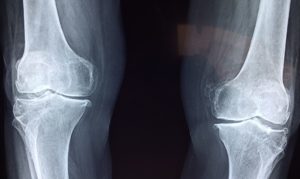
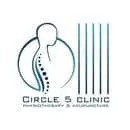
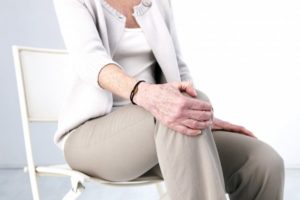
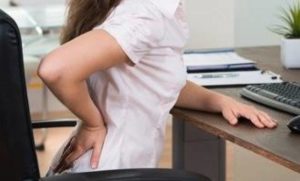

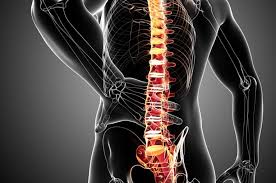
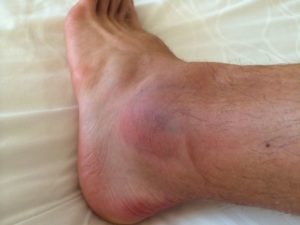
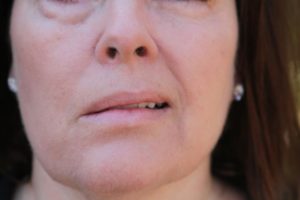 (Facial Palsy) Is the seventh nerve of the brain so called the seventh nerve or (Bells palsy) is the control of the muscles on both sides of the face that enable us to express smile, laughter, crying and other expressions of the face so any injury affecting the expression of the facial motor and although Infection in most cases improves automatically, but sometimes the situation requires attention to physical therapy and rapid drug therapy. and patient should treatment with physiotherapy.
(Facial Palsy) Is the seventh nerve of the brain so called the seventh nerve or (Bells palsy) is the control of the muscles on both sides of the face that enable us to express smile, laughter, crying and other expressions of the face so any injury affecting the expression of the facial motor and although Infection in most cases improves automatically, but sometimes the situation requires attention to physical therapy and rapid drug therapy. and patient should treatment with physiotherapy.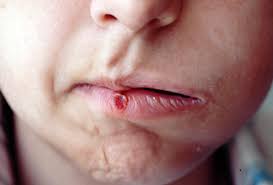 Symptoms that occur when the 7th nerve injury
Symptoms that occur when the 7th nerve injury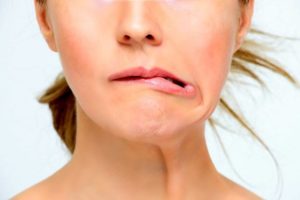 Causes of dysfunction in the seventh nerve
Causes of dysfunction in the seventh nerve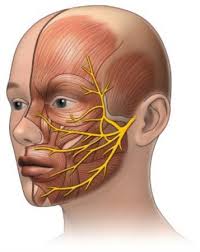 Physical therapy
Physical therapy